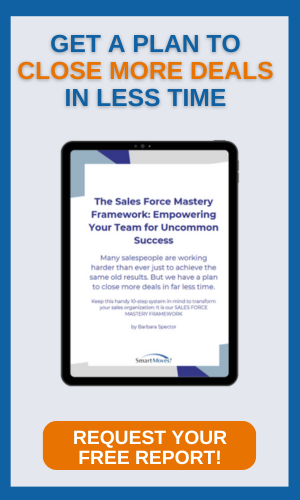Posted by Aoife Gorey
Many employers today are experiencing rapid, high employee turnover– which not only creates the issues of filling vacant positions, overworked staff, and low morale in the workplace, but also costs organizations billions of dollars each year.
According to the U.S. Bureau of Labor Statistics, 91 percent of Millennials expect to stay in the same job for less than three years, and the average employee tenure is about 4.4 years. The financial impact of excessive employee turnover alone can force an organization to close its doors, and has many employers wondering how they can improve retention through effective hiring processes.
Here are five ways to hire more loyal employees and reduce turnover:
- Assess the cultural fit of the job candidate.
Maintaining cultural consistency within your company is a crucial factor in the productivity and satisfaction of your employees. A research studyshowed that 46 percent of small-business new hires failed within 18 months, and a whopping 89 percent of that failure was directly related to poor cultural fit within the company.How can employers assess candidates’ ability to blend with their company culture?
Pre-hire employee assessments, such as the Harrison Assessment, are great tools for gaining the information needed to measure an individual’s company culture compatibility. This assessment reveals information on 175 different behavioral preferences and we can build a customized Culture Fit Assessment for you using this tool. The DiSC assessment can offer valuable insight as to how their personality meshes with the culture of the organization and workplace environment, as well as all the others that the employee works with and for.
- Consider a trial period.
Trial periods allow the new hire and company to mutually assess their compatibility without an obligation. A trial or probationary period can greatly increase the loyalty of your new hires and reduce turnover, as demonstrated by the fundraising company Engage Direct Mail, who implements a trial period of 90 days in their hiring process. On average, Engage experiences 77 percent retention during the trial, which turns into about 95 percent retention after the three-month probationary period. Trials can be compared to dating – both sides share their expectations, values,and dreams. If they are in agreement, what’s to stop them from succeeding in the long-term? The key to probation periods is that they reveal any unknown factors to both the candidate and the employer.3. Offer flexibility.

Flexibility within a company allows employees to feel valued and shows them their needs are recognized and respected. How important is flexibility to job seekers? In a study, nearly 75 percent of American adults surveyed said flexibility is one of the most important factors in their job search, and 39 percent have already left a job or have considered leaving due to issues with flexibility. Work-life balance within an organization is always a major consideration for job prospects, so offering flextime and other accommodations for workers’ personal lives is an important factor in competitively attracting, hiring and retaining top talent. - Use employee referrals.
According to research from Jobvite, HR executives rated referrals the number one source of quality candidates, and also generate 39.9 percentof all hires.Employees hired on referral are also proven to be more loyal as 46 percent of referred employees stay 3 years or more, compared to only 14 percent of hires from job boards. Referrals not only reduce turnover and recruiting efforts, but also empower employees by allowing them to have input in the hiring processes of their company. - Implement an onboarding program.

Introducing an onboarding program into your hiring process can mean the difference between retaining a top employee for a lifetime and watching them walk out the door after two months. Companies who implement an effective onboarding program during the first three months of new-hire employment experience 31 percent less turnover than those who don’t, according to the Aberdeen Group. Onboarding is important because it introduces the employee to the company’s culture and expectations, and gives the employee vital training and information needed to succeed in their new position. A new hire’s company compatibility will likely be determined during the onboarding process, which can save the employer from prolonged investment in the wrong employee.
If your organization is experiencing high turnover rates, you may be telling yourself “the employees of today are not loyal like they were in the past,” or thinking, “there’s nothing I can do about it.” However, a more likely answer is you’ve simply been hiring the wrong peopleand, through the implementation of these five strategies, you can identify and hire talented, loyal employees.
If you would like to explore how we can help you reduce turnover, please call us at 800-700-6507 or email assess@smartmovesinc.com. We take the guesswork out of hiring right, developing and keeping top performers!
Download our Pre-hire Preparation eBook
What Everyone Ought to Know:
An In-Depth Guide to the First Stage of the Employee Lifecycle





